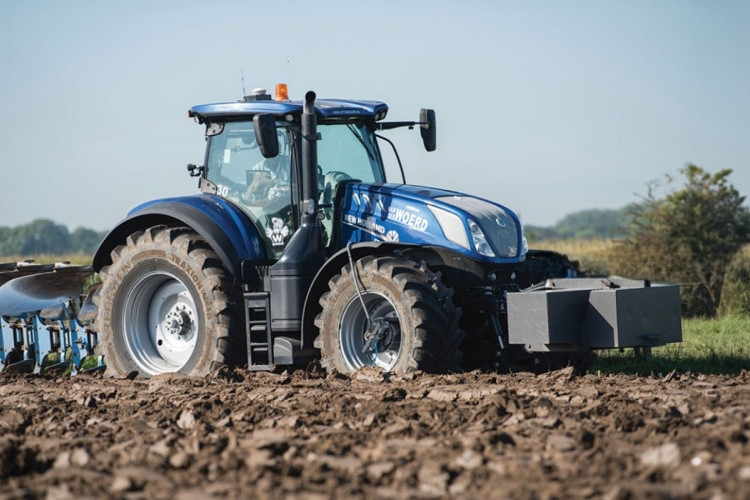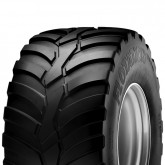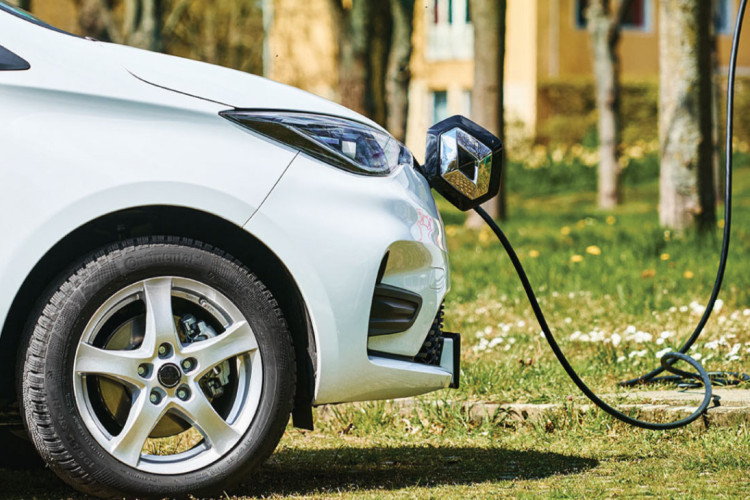
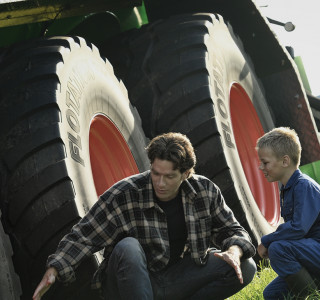
Your Guide to Implement Tyres
Not too long ago, we’d stick old truck tyres on farm implements, pump them right up and we were away. Trouble is, those truck tyres did what they were designed to do, which was to dig in and grip. Not so good for whatever they were rolling over then. Nope - we need something that can carry the weight but tread as light as a butterfly so as not to harm the soil or crop underneath. Welcome to the world of specially designed implement tyres.
What to look for in an Implement Tyre
Flotation
This is normally the key thing you need from any decent-sized implement tyre. The less the tyre sinks into the soil, the less plant and soil damage you're going to get... and the less power you're implement is going to take to tow. And yep, the inflation pressure makes a big difference, but the larger footprint and more surface contact you can get, the more the land is going to thank you for it.
Bias vs Radial
A bias tyre is a single unit design with the rubber plies traveling diagonally from bead to bead. They’re cheaper but highly likely to cause more damage to the soil. A radial tyre features a two-part construction methodology that allows the sidewalls to flex, helping create a much larger footprint. This spreads the load and significantly reduces soil compaction. Radial tyres can typically be operated at lower pressures and take heavier loads. We also think they tend to be smoother.
Tyre Patterns
Implement tyres don’t really need to concern themselves with traction too much. They're being pulled along and the most important factor remains that flotation on the soils surface. So look for something wide, with a flat contour and rounded shoulders. Those shoulders might be reasonably open for traction in grass. Some tyres will also have a solid centre rib which helps prevent lateral slippage in hillside situations.
Low Rolling Resistance
We’ll point you to radial tyres for lower rolling resistance. As tyres move over soil, they create a wave of soil in front of them. The lower that wave, the lower the rolling resistance and greater the fuel economy. With a radial tyres large footprint that soil wave is minimised, reducing traction power needed and reducing fuel consumption.
Implement Tyres We Recommend
Vredestein Flotation Pro
From the pioneers of modern implement tyres and found as a factory fitment on a wide range of machines. Mild tread design for maximum soil protection. Radial construction for maximum flotation.
Available in a range of sizes and prices
$3708-6231
Find out moreVredestein Flotation Trac
New implement tyre technology to handle even the largest and heaviest of trailers and implements. Unique Vredestein dual zone for maximum grip and maximum flotation. Radial construction.
Available in a range of sizes and prices
$2565-7556
Find out moreMaxam MS961R Flotxtra
A big tyre with a small impact on soil and crops. Full steel construction for dependable durability.
Available in a range of sizes and prices
$2606-6042
Find out moreTips and articles

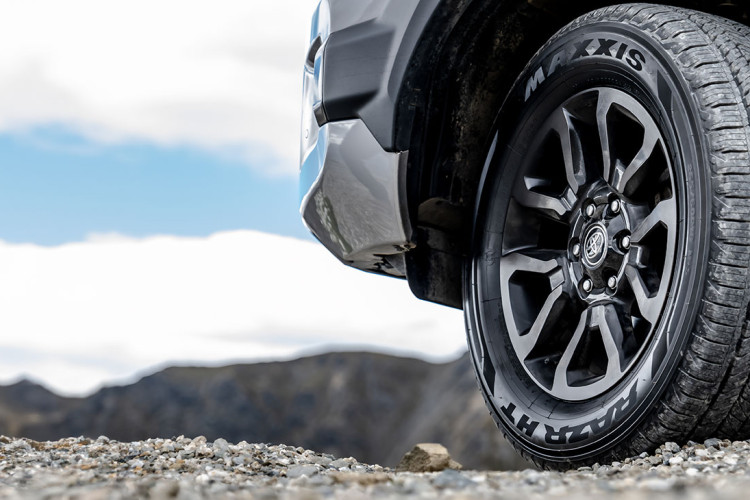
Product Spotlight:
Maxxis HT780 RAZR HT
